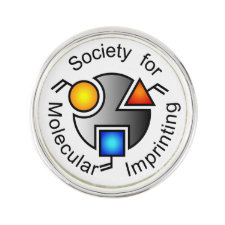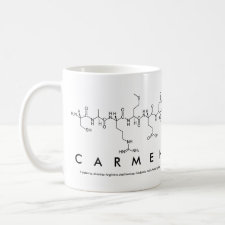
Authors: Ito K, Chuang J, Alvarez-Lorenzo C, Watanabe T, Ando N, Grosberg AY
Article Title: Multiple point adsorption in a heteropolymer gel and the Tanaka approach to imprinting: experiment and theory.
Publication date: 2003
Journal: Progress in Polymer Science
Volume: 28
Issue: (10)
Page numbers: 1489-1515.
DOI: 10.1016/j.progpolymsci.2003.07.001
Alternative URL: http://bioinformatics.bc.edu/chuanglab/Papers/gelsreview.pdf
Abstract: Heteropolymer gels can be engineered to release specific molecules into or absorb molecules from a surrounding solution. This remarkable ability is the basis for developing gel applications in extensive areas such as drug delivery, waste cleanup, and catalysis. Furthermore, gels are a model system for proteins, many of whose properties they can be created to mimic. A key aspect of gels is their volume phase transition, which provides a macroscopic mechanism for effecting microscopic changes. The phase transition allows one to control the gel's affinity for target molecules through tiny changes in the solution temperature, salt concentration, pH, or the like. We summarize recent experiments that systematically characterize the gel affinity as a function of adsorbing monomer concentration, solution salt concentration, and cross- linker concentration, on both sides of the phase transition. We provide a physical theory that explains the results and discuss enhancements via imprinting. (C) 2003 Elsevier Ltd. All rights reserved



Join the Society for Molecular Imprinting

New items RSS feed
Sign-up for e-mail updates:
Choose between receiving an occasional newsletter or more frequent e-mail alerts.
Click here to go to the sign-up page.
Is your name elemental or peptidic? Enter your name and find out by clicking either of the buttons below!
Other products you may like:
 MIPdatabase
MIPdatabase









